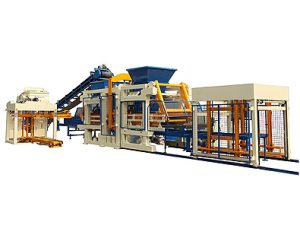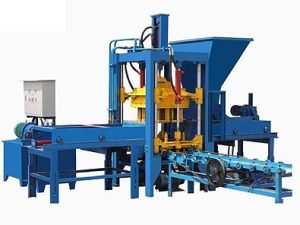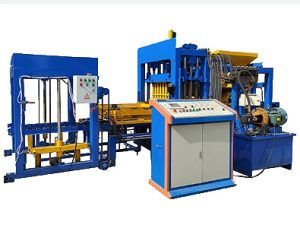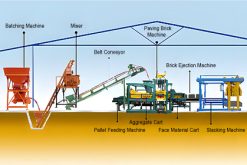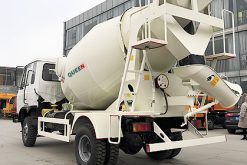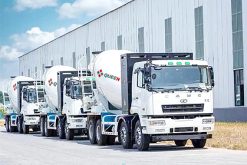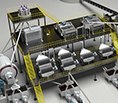What Happens If You Load Too Much Concrete in a Mixer Truck?
 queenbrick
queenbrick
 June 5, 2025
June 5, 2025
If you want to know more details about equipment, solutions, etc, please click the button below for free consultation, or leave your requirements!
The Risks and Consequences of Overloading Concrete Mixer Trucks
Loading a concrete mixer truck beyond its designed capacity may seem like a way to increase efficiency, but it often leads to serious problems for both the vehicle and the quality of the concrete. Mixer trucks are engineered to handle specific volumes—typically 6, 9, or 12 cubic meters—and exceeding these limits can cause a range of mechanical and material issues.
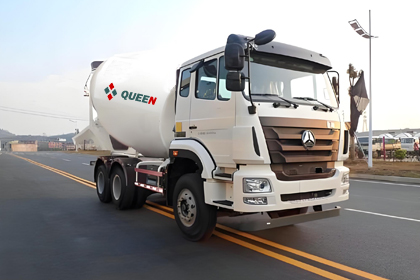
01 Leakage During Transport
BackFor 9-cubic-meter mixer trucks, overloading can cause the concrete to leak, especially when driving uphill. During climbing, the concrete shifts inside the drum, and if the volume exceeds the tank’s design limit, it may spill from the drum opening or seals, creating safety hazards and material waste.
02Material Separation and Poor Mixing
BackIn 12-cubic-meter mixer trucks, excessive loading often leads to stratification—a condition where the concrete mixture separates into layers. This separation reduces the uniformity of the mix, affecting overall quality.
The sand content decreases, weakening the binding properties of the mix.
The stone content increases, and larger aggregates rise to the top.
As a result, more coarse stones are discharged during pumping, which can lead to blockages or uneven distribution at the construction site.
03Impact on Concrete Performance
BackOverloaded concrete is harder to pump, place, and finish. This can result in:
Reduced workability and slump
Inconsistent compressive strength
Surface defects and durability issues in the final structure
04Increased Wear and Tear on Equipment
BackOverloading puts extra stress on the drum, hydraulic system, and chassis, accelerating wear and increasing maintenance costs. It can also violate transport regulations and lead to fines or downtime.
05Conclusion
BackTo maintain safety, efficiency, and concrete quality, always adhere to the recommended capacity of your concrete mixer truck. Overloading may seem convenient, but it often results in material loss, equipment damage, and compromised structural integrity on-site.
 +86 19137934740
+86 19137934740 queenmachinery@gmail.com
queenmachinery@gmail.com



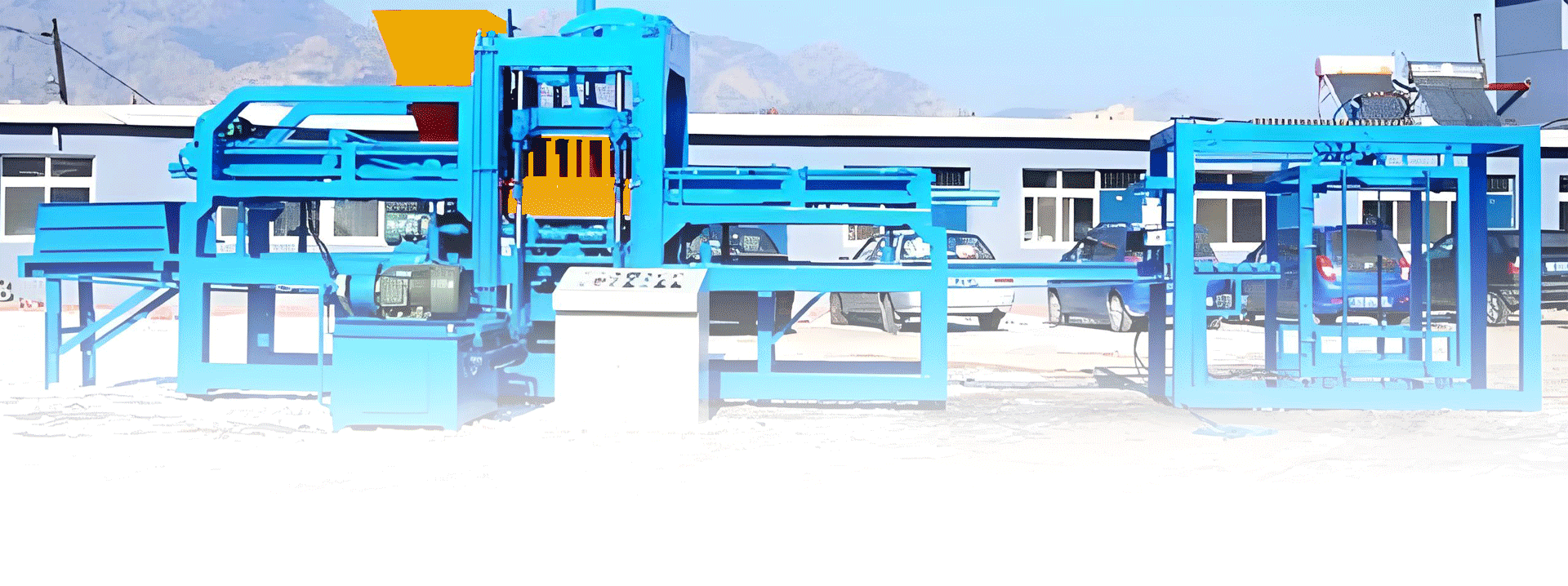
 Message
Message Chat Now
Chat Now


